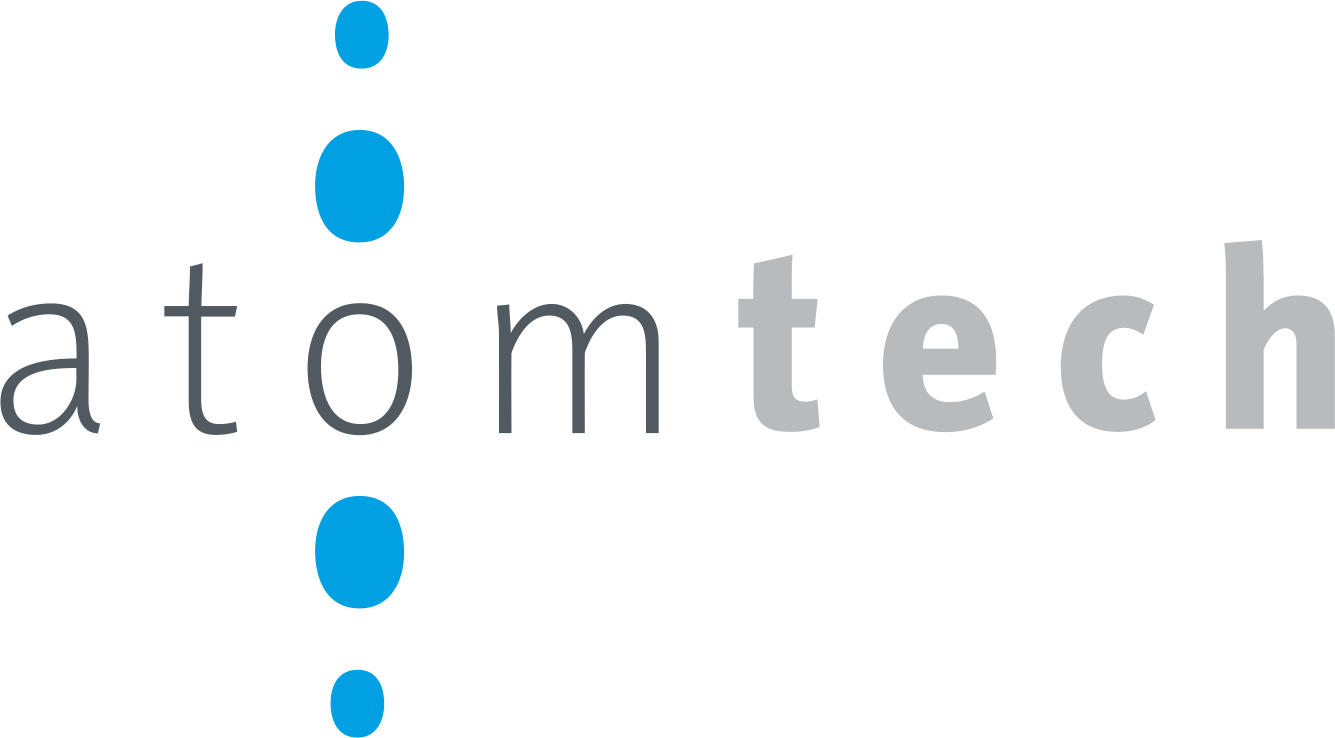Length – 16 hours
Intermediate
Overview
This offering covers the fundamental concepts of installing and configuring IBM Cognos Analytics, and administering servers and content, in a distributed environment. In the course, participants will identify requirements for the installation and configuration of a distributed IBM Cognos Analytics software environment, implement security in the environment, and manage the server components. Students will also monitor and schedule tasks, create data sources, and manage and deploy content in the portal and IBM Cognos Administration.
Prerequisites
Knowledge of Web application server architectures.
Security systems administration.
Experience using basic Windows functionality.
Experience using a Web browser.
Knowledge of your business requirements.
Audience
Administrators
Course Outline
Introduction to IBM Cognos Analytics administration
IBM Cognos Analytics components.
Administration workflow.
IBM Cognos Administration.
IBM Cognos Configuration.
Identify IBM Cognos Analytics architecture
Features of the IBM Cognos Analytics architecture.
Examine the multi-tiered architecture, and identify logging types and files.
Examine IBM Cognos Analytics servlets.
Performance and installation planning.
Balance the request load.
Configure IBM Cognos Analytics.
Secure the IBM Cognos Analytics environment
Identify the IBM Cognos Analytics security model.
Define authentication in IBM Cognos Analytics.
Define authorization in IBM Cognos Analytics.
Identify security policies.
Secure the IBM Cognos Analytics environment.
Administer the IBM Cognos Analytics server environment
Administer IBM Cognos Analytics servers.
Monitor system performance.
Manage dispatchers and services.
Tune system performance, and troubleshoot the server.
Audit logging.
Dynamic cube data source administration workflow.
Manage run activities
View current, past, and upcoming activities.
Manage schedules.
Manage content in IBM Cognos Administration
Data sources and packages.
Manage visualizations in the library.
Deployment.
Other content management tasks.
Examine departmental administration capabilities
Create and manage team members.
Manage activities.
Create and manage content and data.
Manage system settings.
Manage Themes, Extensions, and Views.
Share services with multiple tenants.
